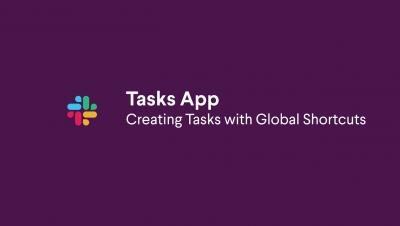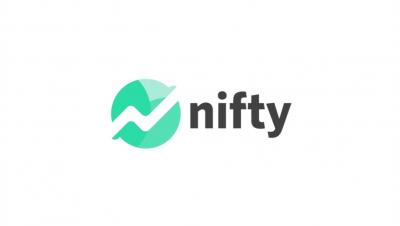Teams | Collaboration | Customer Service | Project Management
%term
Cloud Enterprise: Enforcing security at scale
Creating tasks with Global Shortcuts | Tasks App | Slack Platform
5 Virtual Presentation Tips for Remote Team Communication
Why Don't Your Measure Your Workday?
How to Manage Content Creation Workflow - The Nifty Way
ClickUp vs Asana vs Nifty
Most of you reading this have probably used ClickUp, Asana and Nifty but are unsure how each stacks up against the other in the project management space which is why I decided to put together a post comparing ClickUp vs Asana vs Nifty. Finding the right workflow solution for your team can feel a lot like Goldilocks searching for the just right bed or porridge.
How to Involve Your Team When Changing Software | Scoro
In a modern workplace built on digital technology, software changes are a regular occurrence. Investing in new marketing agency management software like Scoro can enhance your agency’s overall efficiency, providing a string of benefits for you and the team. How it gets introduced to the team can help you hit the ground running and easily improve the day-to-day operations in your department.
Computer Telephony Integration: What It Is, Benefits & Tools
Even today, customers prefer speaking to a live agent over talking to chatbots. These calls can make or break brands because of how integral they’re to the overall customer experience. That’s why support agents must be equipped with the right tools, like computer telephony integration, to handle customer calls efficiently. Computer telephony integration is any technology that allows interaction between a computer and a telephone.
Call Center Process Flow Charts: Templates for All Types
A flow chart call center process is becoming increasingly necessary for call centers that want to be more efficient. For starters, it helps call centers visualize their entire workflow to identify and fix any inefficiencies. Additionally, using a process flow chart can reduce call mismanagement by establishing accountability and boosting agent productivity. In this article, we’ll explore what a call center process flow chart is and its five types.










